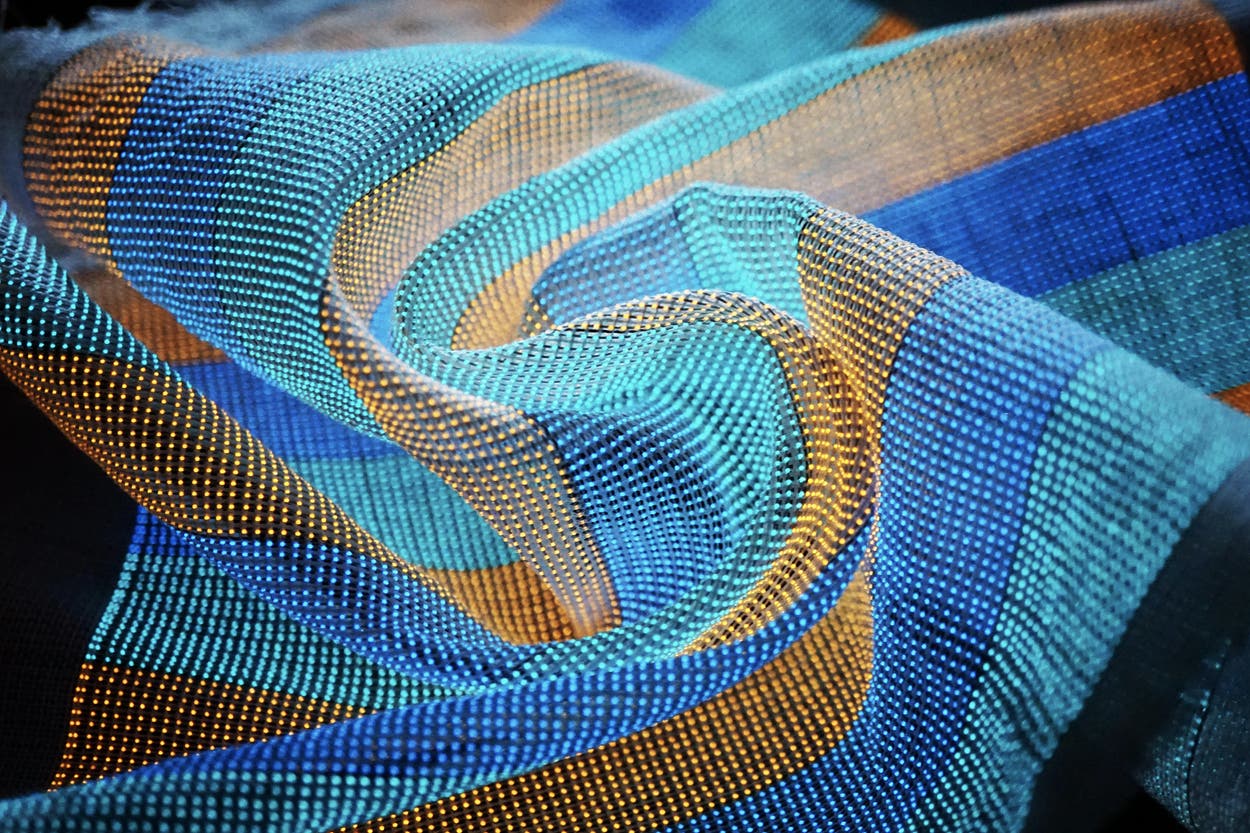The Future of Smart Textiles: A Rapidly Expanding Market
The global market for smart textiles is experiencing significant growth, driven by advancements in wearable technology and increasing consumer demand for smart clothing. According to the Smart Textiles Global Market Report 2023, the industry expanded from $3.41 billion in 2022 to $4.53 billion in 2023, reflecting a compound annual growth rate (CAGR) of 32.8%. By 2027, projections indicate the market will reach $12.01 billion, growing at a CAGR of 27.6%.

Key Market Drivers
-
The Wearable Technology Boom
The wearable technology market is expected to surge from $43 billion in 2022 to $141 billion by 2030 (Polaris Research). With a CAGR of over 15%, wearable tech will remain a crucial component of smart textiles, particularly in monitoring physical parameters. This segment is expected to dominate half of the market by 2030. -
Growing Demand for Smart Wearables
Smart textiles are integrated into wearable devices such as smart jackets, smart glasses, smart shirts, smart jewelry, and smartwatches. These innovations offer real-time wellness data, making them essential in fields like health monitoring, high-tech sports apparel, military camouflage, and industrial workwear. -
Technological Innovations
Companies are focusing on technological advancements to enhance the functionality of smart textiles. For example, Nextiles, Inc. launched smart fabrics based on intelligent fiber technology in May 2021. These fabrics enable real-time biometric and biomechanical data streaming via Bluetooth, monitoring force, bending, stretching, speed, and pressure. -
Mergers and Acquisitions
Market consolidation is accelerating as industry leaders expand their portfolios. In February 2021, DuPontacquired Core Matrix Technology from Tex Tech. This acquisition enhances DuPont’s ballistic protection solutions, meeting new NIJ (National Institute of Justice) standards for increased durability.
Major Players in Smart Textiles
Key companies driving the smart textile market include:
-
DuPont
-
AiQ Smart Clothing
-
Interactive Wear AG
-
Schoeller Textil AG
-
Sensoria Inc.
-
Adidas AG
-
Outlast Technologies LLC
-
Ohmatex
-
Vista Medical Ltd.
-
Google Inc.
-
Noble Biomaterials
-
Koninklijke Ten Cate BV
-
DiPole Materials
-
Thermosoft International Corporation
-
Chronolife
Regional Insights
North America dominated the smart textile market in 2022, benefiting from technological advancements and increased investments in wearable medical devices, defense applications, and sports innovations.
Types of Smart Textiles
-
Passive Smart Textiles: First-generation electronic textiles with basic sensors that detect environmental changes.
-
Active Smart Textiles: Incorporate actuators and sensors to respond dynamically.
-
Ultra-Smart Textiles: The most advanced form, featuring self-adaptive, data-processing capabilities.
Applications Across Industries
Smart textiles have diverse applications, including:
-
Fashion & Entertainment
-
Sports & Fitness
-
Healthcare
-
Transportation
-
Military & Defense
-
Architectural Innovations
The Road Ahead
The future of smart textiles is promising, with wearable technology leading the way in market expansion. As innovations continue to enhance fabric intelligence and connectivity, industries such as healthcare, defense, and sports will greatly benefit. With a CAGR of 27.6% through 2027, the smart textiles sector remains one of the most exciting frontiers in technology and fashion.